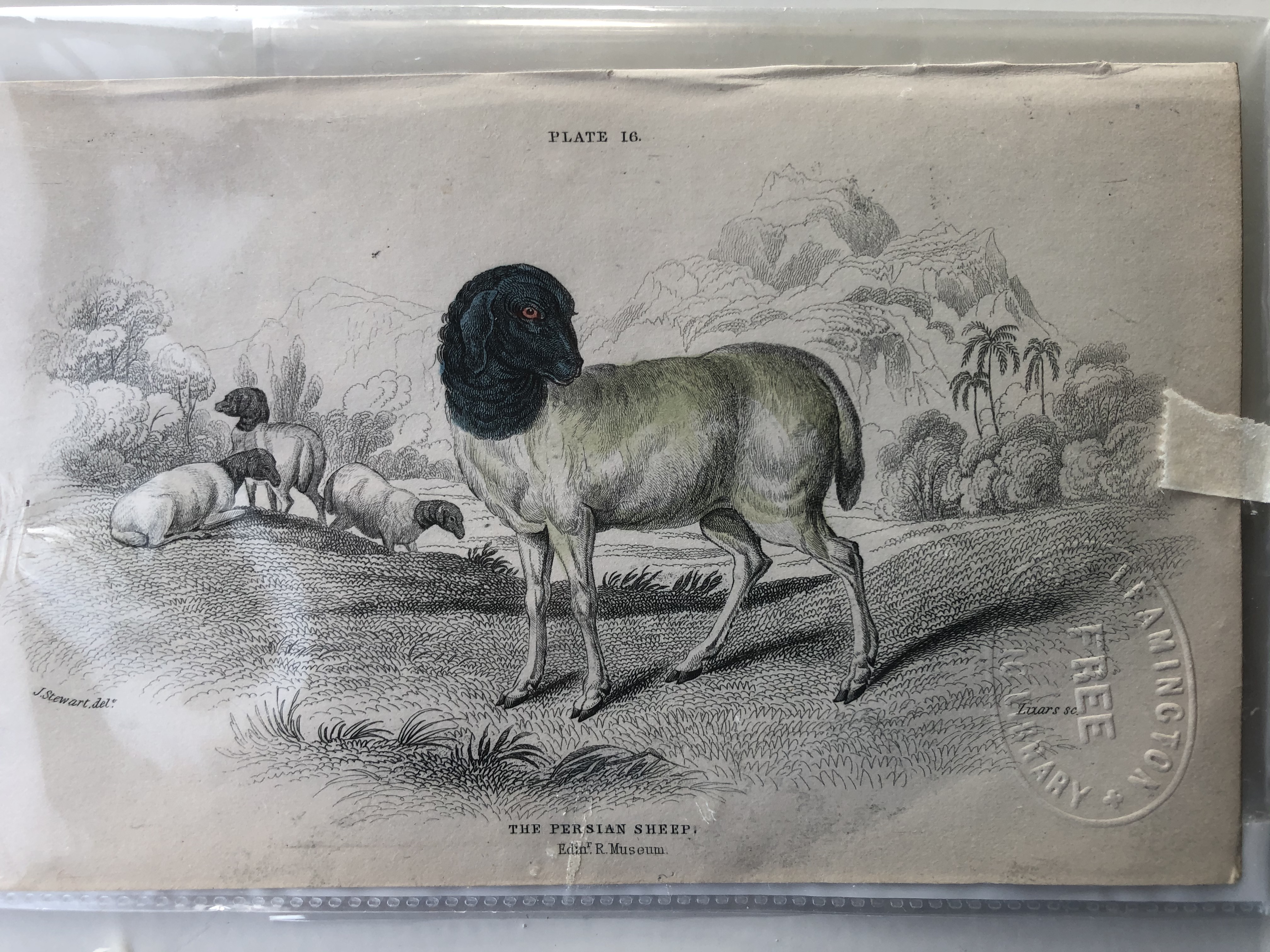- Home
- Persian Sheep
- History
History
The origins of Persian sheep are shrouded in the mists or, rather, the desert sands of time. What is known is that they are an ancient breed. Their ancestors moved with early mankind from the Middle East from areas which we know today as Iran and Iraq (formally Persia ) but were then Mesopotamia, hundreds if not thousands of years ago. As people moved south into what is now Saudi Arabia and Somalia and then onto Namibia and South Africa they took their sheep with them. Breeding was only loosely controlled. For centuries sheep were managed as small flocks by village shepherds. The sheep that could survive were those that reproduced. Through a combination of factors including different grazing and climactic conditions differed breeds and types developed in different areas. Throughout many parts of Africa today sheep are still managed as small flocks by young boys who act as shepherds. Many of these sheep, but particularly those through Kenya, Namibia, Zambia and Botswana, carry many of the characteristics that we associate with today’s Persian sheep.
Persians are a truly ancient breed with some being pictured in the 19th century as industrial printing technology became available . The breed was already sufficiently established at this early time to be readily recognisable.

Hand coloured antique print from Lizars Zoology text, 1840

German wood cut print, 1870.
It wasn’t until the 20th century and in South Africa that breeding become more selective. South African farmers chose the better animals and controlled breeding so that more uniform, attractive, robust animals were produced that maintained the natural hardiness, tolerance of dry conditions and foraging ability that was innate in these sheep. In this way the modern Persian breed was developed.
Just how Persian sheep arrived in South Africa is interesting. According to Campbell & Hofmeyr (1972) a sailing vessel which was damaged by a storm at sea put in for repairs at Port Beaufort which was located at the mouth of the Breede River. This vessel carried a number of slaughter sheep which were shipped aboard in the vicinity of Aden or in the vicinity of the Persian Gulf. Mr. Barry, of the firm Barry& Nephews, and Mr. Charles Heatlie, a member of the Cape Parliament, went aboard the ship. They were very impressed with these blackhead fat-rumped hairy slaughter sheep. With the permission of the captain they arranged with the butcher to exchange these sheep for other slaughter stock. These three ewes and a ram were shipped to Cape Town in another vessel and were taken by the first railway in South Africa to Wellington. From here the sheep were taken by ox wagon to Mr. Heatlie’s farm, near Worcester. These sheep had survived a rigorous journey by ship, rail and by ox wagon from the Persian Gulf to Worcester.
The first night disaster struck this small flock when a bull killed one of the ewes. Soon afterwards one of the surviving ewes lambed, producing a blackhead ram lamb and a redhead ewe lamb. From this humble beginning the Blackhead, as well as Redhead colour variants of the Persian breed of South Africa were developed. While this history is the official version it is likely that the breed was topped up with further introductions from coastal traders over the years working between colonies on the west and east of Africa and also by animals that were traded from adjacent areas overland.

Mixed ‘fat bottom sheep’ on the road to Meru, Kenya 2012

Sheep market , north east Kenya 2012
 /p>
/p>
Sheep market, Kenya 2012

‘Fat bottom Persian - type ram’ Samburu, Kenya 2012

Samburu, Kenya 2012

Samburu, Kenya 2012

Samburu. Kenya 2012

Samburu shepherd looking after the village sheep. On the road to Samburu 2012

Roadside Samburu 2012

Persian - type sheep near Samburu, Kenya 2012

Samburu 2012

Samburu 2012

Samburu 2012

Samburu 2012

Samburu 2012

Samburu 2012

Persian – type sheep, Samburu , Kenya 2012

Samburu 2012

Samburu 2012

Samburu 2012

Samburu 2012

James Walker from Coolibahstud at a Samburu village in north east Kenya 2012

Sheep shelter, Samburu village 2012

Kraal, sheep are placed in this thorn bush enclosure each evening for protection from predators, Samburu 2012

Black head Persian lamb inside Samburu hut, 2012

Lambs share the house with their human owners and are only placed with their mothers for short periods to suckle. Left outside the risk of predation is too high.

Samburu woman inside her house with the current young Persian lambs, Samburu 2012

Samburu village 2012

Maasai sheep, Masai Mara, western Kenya 2012

Masai Mara, Kenya 2012
